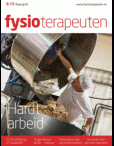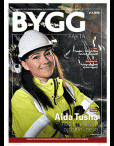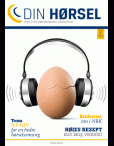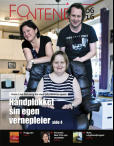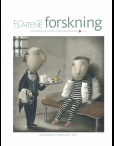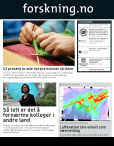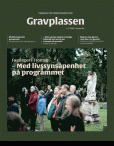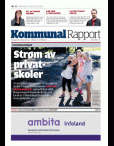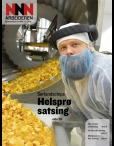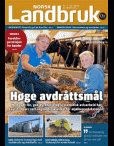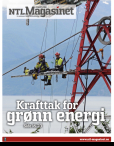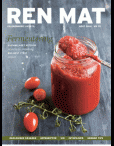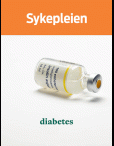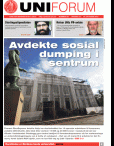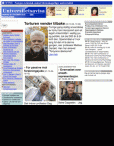Fysioterapeuten
13.05.2016

Evidencebased practice involves physiotherapists incorporating highquality clinical research on treatment efficacy into their clinical decisionmaking [1]. However, if clinical interventions are not adequately reported in the literature, physiotherapists face an important barrier to using effective interventions for their patients. Previous studies have reported that incomplete description of interventions is a problem in reports of randomised controlled trials in many health areas [2-4]. One of these studies [4] examined 133 trials of nonpharmacological interventions.
The experimental intervention was inadequately described in over 60% of the trials and descriptions of the control interventions were even worse. A recent study [5] evaluated the completeness of descriptions of the physiotherapy interventions in a sample of 200 randomised controlled trials published in 2013. Overall, the interventions were poorly described. For the intervention groups, about onequarter of the trials did not fulfil at least half of the criteria. Reporting for the control groups was even worse, with around threequarters of trials not fulfilling at least half of the criteria.
In other words, for the majority of the physiotherapy trials, clinicians and researchers would be unable to replicate the interventions that were tested.
Describing a treatment may seem like a simple task but physiotherapy interventions can be very complex. Some interventions are multimodal, involving the fluse of manual techniques, consumable materials, equipment, education, training and feedback.
Some interventions are tailored to each patient's specific health state, including the patient's immediate response to the application of the treatment. When the intervention involves a course of treatments, the intensity or dose may be progressed over time.
Gå til medietThe experimental intervention was inadequately described in over 60% of the trials and descriptions of the control interventions were even worse. A recent study [5] evaluated the completeness of descriptions of the physiotherapy interventions in a sample of 200 randomised controlled trials published in 2013. Overall, the interventions were poorly described. For the intervention groups, about onequarter of the trials did not fulfil at least half of the criteria. Reporting for the control groups was even worse, with around threequarters of trials not fulfilling at least half of the criteria.
In other words, for the majority of the physiotherapy trials, clinicians and researchers would be unable to replicate the interventions that were tested.
Describing a treatment may seem like a simple task but physiotherapy interventions can be very complex. Some interventions are multimodal, involving the fluse of manual techniques, consumable materials, equipment, education, training and feedback.
Some interventions are tailored to each patient's specific health state, including the patient's immediate response to the application of the treatment. When the intervention involves a course of treatments, the intensity or dose may be progressed over time.


